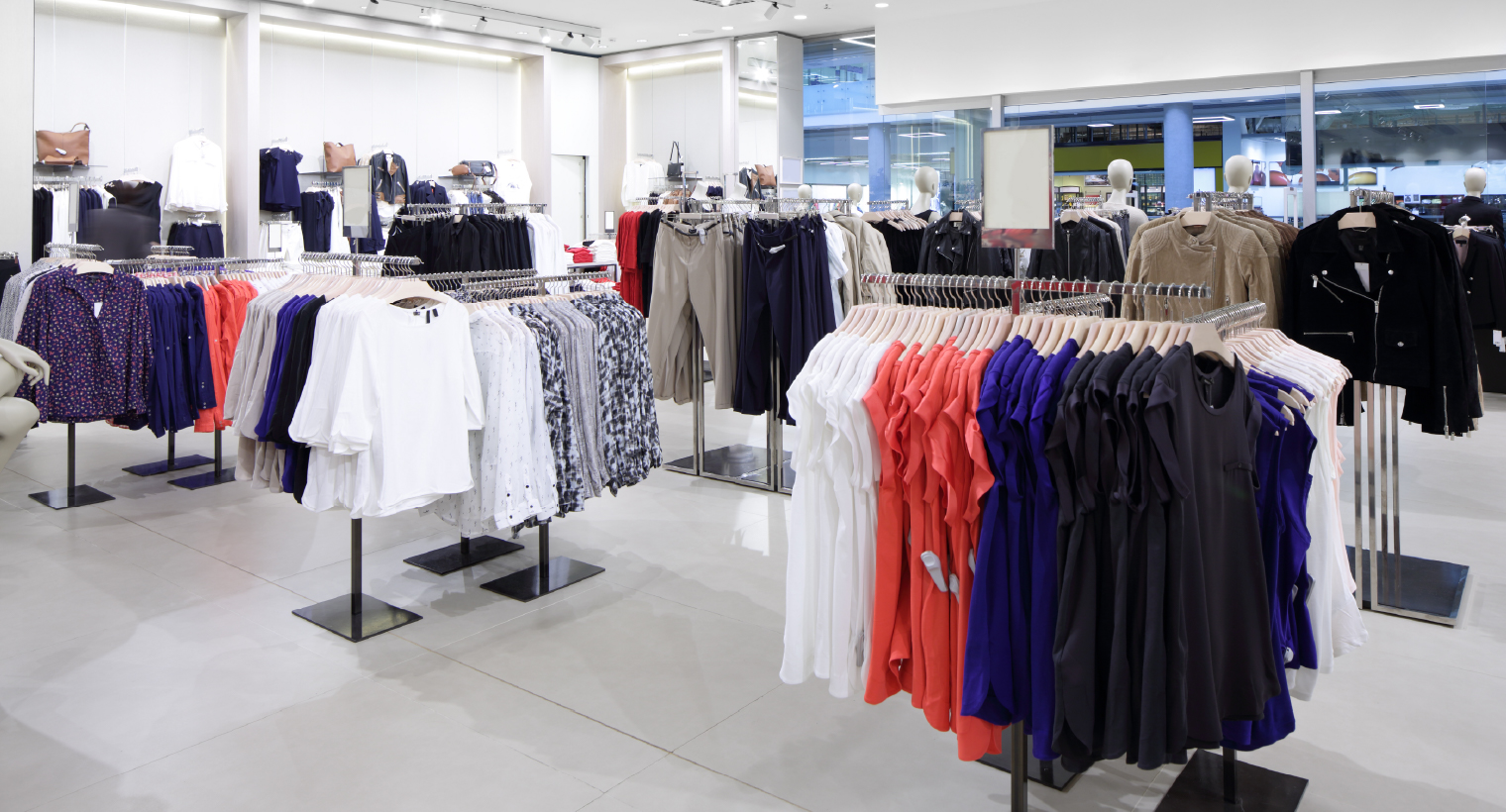#5 in Our SaaS Merchandising Blog Series
Your SaaS platform’s competencies may be the only thing that changes more quickly than retail customers’ expectations. And nothing is transforming your retail SaaS solution faster and more completely than an escalating influx of artificial intelligence and machine learning (AI and ML) capabilities.
Honestly, these changes are all for the better—for you and your customers—but you’ve got to be ready to take advantage of them. Hence this brief primer.
Of course, AI has already transformed SaaS merchandising; for example, by providing insights into customer behavior, demand patterns, and supply chain operations that you use to improve forecasting, boost efficiencies, reduce costs, and enhance the customer experience.
AI-Powered Disruptions to SaaS-based Retail Merchandising
We believe AI’s most exciting and impactful “disruption” is its ability to enable hyper-personalization. We’ll explore that aspect in greater detail below after we touch on several other merchandising benefits that AI now delivers.
- Predictive analytics—AI algorithms accurately predict future demand for specific products by analyzing vast amounts of data—from past sales, customer behavior, and external factors such as weather patterns—that enable retailers to optimize inventory levels, avoid overstocking, better meet customer demand, and reduce waste, which is very helpful for meeting your carbon reduction goals.
- Pricing optimization—AI algorithms analyze market data, historic sales data, and more in real-time to dynamically optimize pricing strategies for responding to evolving demand and supply, competitor pricing, and more.
- Chatbots and virtual assistants—AI-powered chatbots and virtual assistants provide personalized customer support from answering product inquiries and providing custom recommendations to completing purchases. These efforts reduce the workload on customer service teams, drive sales, and may improve the customer experience.
- Supply chain optimization—By monitoring supply chain operations, analyzing data from multiple sources, identifying bottlenecks and inefficiencies, and recommending process improvements, AI-powered supply chain management systems enable retailers to cut costs and improve efficiency.
- Automated inventory management—AI algorithms monitor and analyze stock levels and sales data in real time, identifying fast- and slow-moving products, forecasting demand, recommending replenishment schedules, automatically ordering needed inventory—even using smart shelving to accomplish all this. Retailers avoid stockouts, which sidesteps lost sales, and reduces waste.
- Fraud detection—AI is uniquely positioned to sift through vast amounts of customer data for patterns that indicate fraudulent activity, then freeze it in its tracks. This capability goes a long way toward minimizing financial losses and promoting customer trust.
- Augmented reality (AR)—AR applications make it easier to engage customers and to facilitate their buying decisions by enabling shoppers to visualize products in real-world environments—they may even get to try on (or try out) products virtually before making a purchase.
- Hyper-personalization—See below.
Hyper-Personalized AI-Based SaaS Merchandising is a Game Changer
Hyper-personalization uses AI and vast amounts of data—browsing history, search queries, purchase history, and more—to create and deliver fully individualized content, offers, recommendations, and other highly personalized experiences based on a user’s unique, specific needs and preferences. Here we distinguish hyper-personalization from basic, garden-variety personalization, which customizes content using only broad categories such as age, gender, or location.
Many customers already expect this level of personalization. Soon, most will. And they’ll be able to get it.
Hyper-personalization’s key benefits include an improved user experience (aligned with their needs/preferences), enhanced engagement (a better experience is stickier), higher sales conversion rates, boosted customer loyalty, and keener data insights that continually refine this cycle.
Personalized recommendations— Today, AI’s most common hyper-personalization use case is personalized user recommendations. Streaming services such as Netflix and Spotify use AI to recommend movies, TV shows, and music. They make recommendations by analyzing each user’s viewing/listening history and their preferences and ratings, as well as by considering the history and preferences of other users with a sufficiently comparable profile. AI in the retail space makes similar recommendations for products and services. The goal, of course, is to increase sales and customer satisfaction and loyalty.
Natural Language Processing— AI also enables hyper-personalization through natural language processing (NLP), which machines use to understand and interpret user requests and queries that are couched in everyday human language. For example, virtual assistants such as Siri and Alexa use NLP to understand user requests and respond directly in a natural and intuitive way.
Predictive Analytics— AI’s ability to predict a user’s future behaviors and preferences takes hyper-personalization to its next level, enabling retailers to proactively provide personalized content and recommendations to customers just as soon as they are most likely to be receptive to it—perhaps before customers are even aware of it themselves.
SaaS vs. On-Premises Software in the Pandemic Era
SaaS and cloud computing’s ascendance has been, and continues to be, a boon for retailers. That ascendance has been fueled by the COVID pandemic, which ushered in one of the most bifurcated periods for retail software anyone could have imagined.
When COVID hit, areas such as order management, e-commerce, mobile POS, and touchless payment were suddenly more critical than ever. These technologies really took off as the pandemic deepened. By meeting the needs the pandemic exposed, vendors who successfully leveraged these SaaS-based solutions prospered. Vendors who were heavily invested in on-premises solutions found these last few years much more challenging.
Take the Next Step
Want to turn your data into actionable insights that drive bottom-line growth across your entire value chain?
This is the fifth (and final) blog in a series exploring the power of SaaS platforms to transform retail merchandising.
Start at the beginning with …
Jump around as you please …





